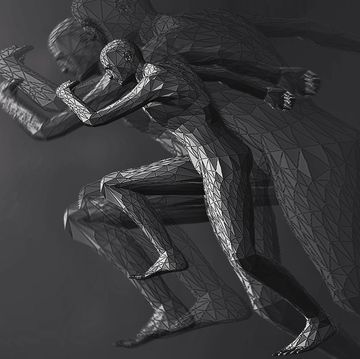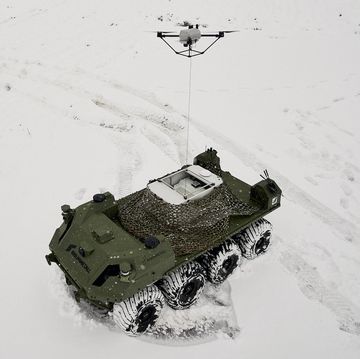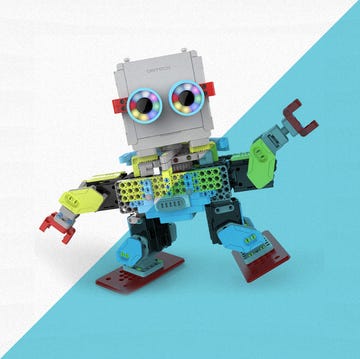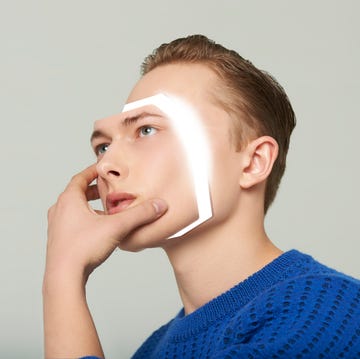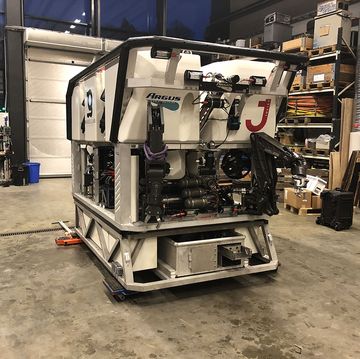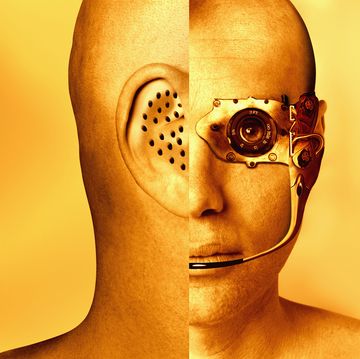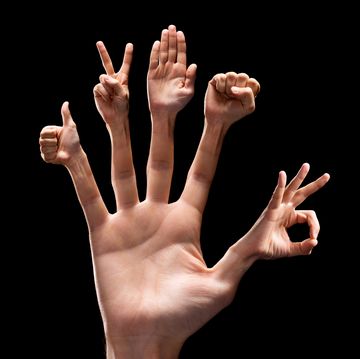The grape was in bad condition: split down the middle, shiny innards exposed, a stick jammed through its midsection. But after just a minute and a half of deft suturing performed by robot arms with tiny two-fingered hands, it looked (almost) well again.
Those tiny arms and hands belong to a da Vinci Surgical System, a robot controlled by surgeons and used in lieu of traditional tools. A robot is not susceptible to the shaky hands that might symie a surgeon, the company says, and the arms are more flexible than human hands and arms, allowing them to fit through smaller incisions.
In the video, a surgeon remotely moves the arms to sew on the grape's missing flap of skin. When that's finished, an Edward Scissorhands-type hand swoops and slices the thread. Then, a disclaimer: "Serious complications may occur in any surgery, including da Vinci Surgery, up to and including death."
Those complications—including death—have already occurred during robot-assisted surgery, including one death after a seemingly botched hysterectomy. Intuitive Surgical, the company that makes the da Vinci, has been warned by the FDA to be more forthcoming about surgeries gone wrong. But it's tough to compare the robotic surgery mortality rate to the overall post-operative mortality rate (1.32 percent) because of both underreporting and the limited types of surgeries that are performed by systems like the da Da Vinci.
Source: Motherboard

Rachel Z. Arndt is the author of the essay collection Beyond Measure. Her writing has appeared in Quartz, The Believer, Fast Company, and elsewhere. She lives in Chicago.


